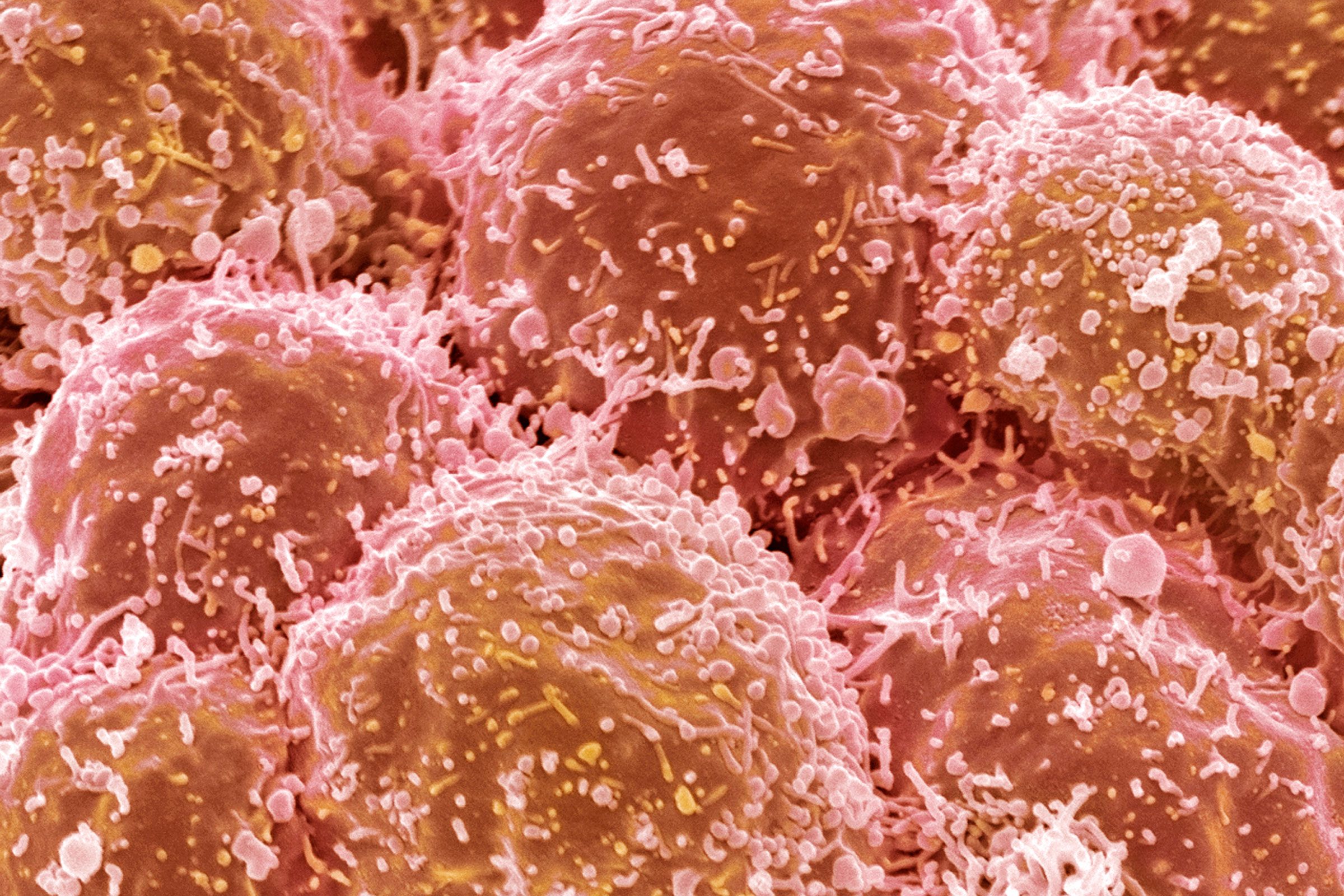This cancer is often attributed to a lifestyle habit, but some experts suggest that association has left out 80% of the patients who need examining.

Experts: Only 1 In 5 People Who Need This Cancer Screening Actually Get It

When you think “lung cancer,” you probably draw a fast mental association to an image of cigarette smoking. However, experts at Memorial Sloan Kettering Cancer Center (MSKCC), a leading cancer treatment and research institution in New York City, say that a majority of patients who should be screened for lung cancer are being overlooked.
Lung cancer is the third most common cancer type in the US and the single leading cause of cancer death in the nation. A 2024 study published in the online version of the Journal of the American Medical Association, or JAMA, indicated that only one in five people who should be screened for lung cancer by this method actually get the testing they need.
In addition to current smokers and those with a history of smoking (who are still at greatest risk of lung cancer, experts say), MSKCC researchers say that there are several additional factors which could put you at risk of developing lung cancer:
- Exposure to secondhand smoke
- Exposure to radon (a gas found in certain geographical areas of the country, especially in regions where mining is or was a practice)
- Breathing in other substances that cause cancer, such as asbestos, arsenic, and exhaust from vehicles or machines
- Having a family member related to you by blood with lung cancer
Your race, gender, sex, and lifestyle can also factor into your risk levels, the experts note. “For example, Black men are more likely to get lung cancer than white men and Black women are less likely to get lung cancer than white women,” they report.
Further, MSKCC’s screening guidelines recommend getting screened every year if you are between the ages of 50 and 80 and:
- Smoke now or used to smoke; and
- Have smoked an average of one pack a day for 20 years or the equivalent number of cigarettes. (For example, you could have smoked two packs a day for 10 years or a half pack a day for 40 years.)
“The whole point of screening is to catch the cancer at its earliest stage, before there are symptoms,” Dr. Bernard J. Park, MD, a surgeon at Memorial Sloan Kettering said in an interview. “People should think of this test the same way they think of getting their cholesterol checked,” he added. “Early lung cancer is curable.”
The lung screening test in question is a low-dose computer tomography (CT) scan for lung cancer. Undergoing it could have a profound impact on your prognosis, should you be diagnosed. In fact, a 2011 study published in the New England Journal of Medicine found that when this type of screening is used, it can lower the five-year mortality rate from lung cancer by 20%.
Low-dose CT scans are a form of x-ray, and do not require an IV, injection, or any special preparation such as fasting. They also use about five times less radiation than conventional CT scans, meaning the benefits far outweigh the risks. “For the average person, even a regular CT scan is associated with a very small risk of possibly developing a future cancer—perhaps about 0.05%, or about one in 2,000,” MSKCC explains.
Though finances could create a barrier to screening for those who are uninsured, lung cancer screening is covered by Medicare and Medicaid, as well as by most insurance companies. If you believe you might be eligible for testing, talk with your healthcare provider about your concerns, symptoms, and known risk factors.
For daily wellness updates, subscribe to The Healthy by Reader’s Digest newsletter and follow The Healthy on Facebook and Instagram. Keep reading:
- New Study: 35% People Diagnosed With Cancer All Did This One Thing in the 90 Days Prior
- “Here’s How I Knew I Had Lung Cancer”: One Patient’s Story with Relatively Low Risk Factor
- Does Smoking Weed Cause Lung Cancer? A Lung Cancer Doctor Shares “the Short Answer”
- Lung Cancer Is Worst in These 8 States, New National Report Says




















